-
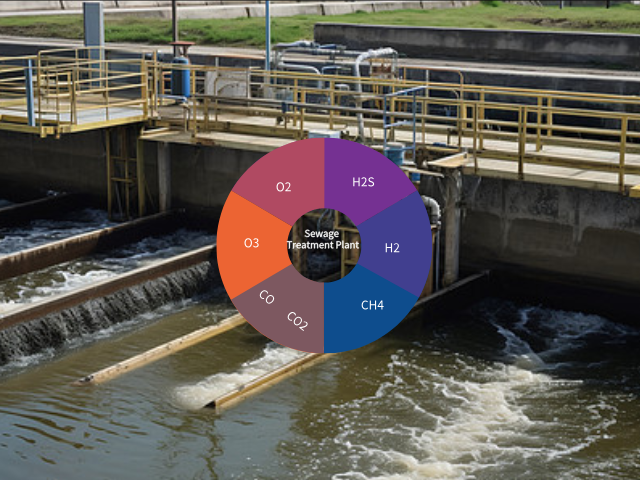
Рашэнні для бяспекі з газам для ачыстных заводаў
2025/10/28З разгортваннем эканомікі і тэхналогій аб'ём сточных вод, якія ўтвараюцца ў выніку бытавой і прамысловай дзейнасці, працягвае павялічвацца, і магутнасці па ачыстцы сточных вод адпаведна пашырыліся. Аднак за гэтым хуткім рас...
Чытаць далей -

Інструкцыя па карыстанні інфрачырвонымі сэнсарамі
2025/09/15Наступныя пункты з'яўляюцца ключавымі заўвагамі па выкарыстанні інфрачырвоных датчыкаў: 1. Датчыку патрэбен 1 хвіліна для разагравання. Не камунікуйце з датчыкам у гэты час. Ён будзе нармальна працаваць толькі пасля перыяду разагравання (60 секунд). 2...
Чытаць далей -
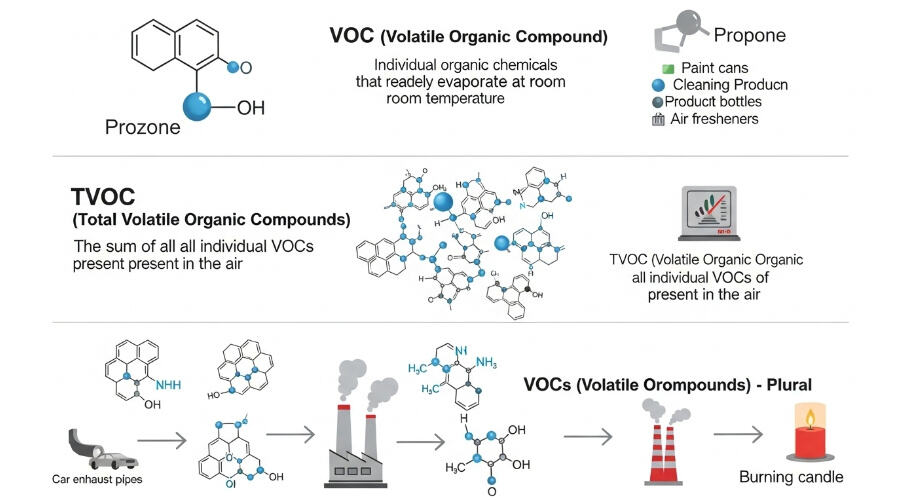
У чым розніца паміж VOC, TVOC і VOCs?
2025/09/15TVOC — адзін з трох тыпаў арганічных забруднічаў у паветры (паліцыклічныя араматычныя вуглевадні, лятучыя арганічныя злучэнні і злучэнні альдэгідаў), якія маюць больш сур'ёзны ўплыў. VOC адносіцца да арганічных злучэнняў з насычаным тэмпературным ціскам пароў, што пераўзыходзіць...
Чытаць далей -
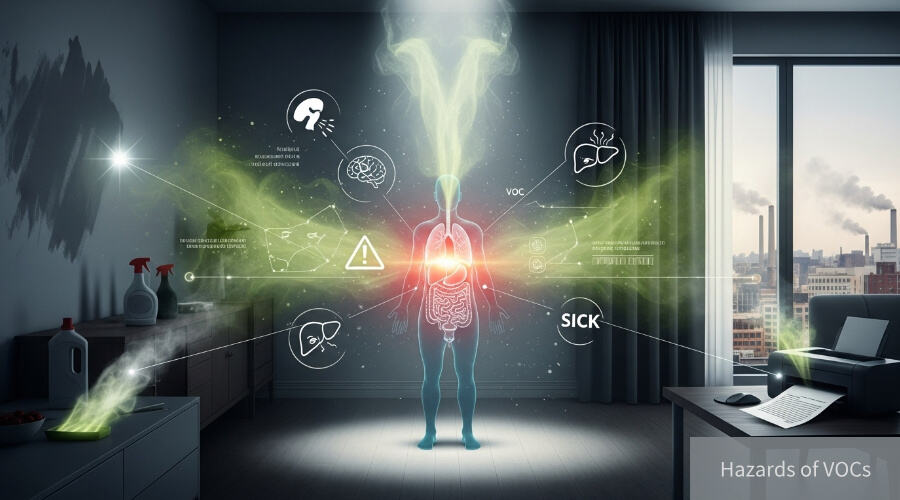
Пажынкі VOC
2025/09/15Сярод больш за 900 настаўных хімічных і біялагічных рэчываў у памяшканнях выяўлена па меншай меры 350 летучых арганічных злучэнняў (ЛАЗ), якія знаходзяцца ў канцэнтрацыях ніжэй 1 пм. Больш чым 20 з іх з'яўляюцца вядомымі канцярогенамі ці мутагенамі. Хоць асобныя канцэнтрацыі невялікія, рознастайнасць ЛАЗ прыводзіць да іх агульнай класіфікацыі як агульныя летучыя арганічныя злучэнні (АЛАЗ). Сумарныя токсічныя эфекты некалькіх ЛАЗ, якія існуюць разам у памяшканнях, нельга ігнараваць.
Чытаць далей -
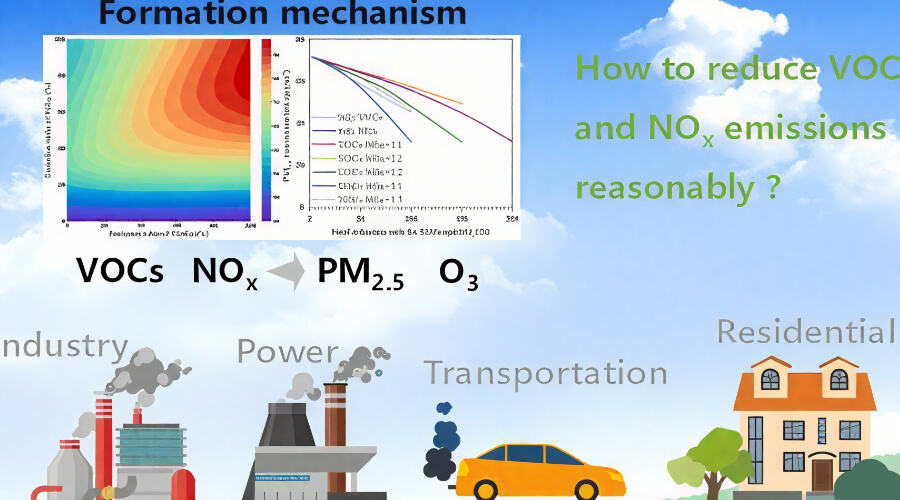
Звычайныя прадмёты выявлення цірканых арганічных злучэнняў (VOCs)
2025/09/15Звычайна выкарыстоўваныя метады выяўлення лятучых арганічных злучэнняў (VOCs) уключаюць газавую хроматаграфію з выкарыстаннем пламённага іанізацыйнага дэтэктаравання (GC-FID), Фур'е-трансфармаваную інфрачырвоную спектраскапію (FTIR) і фатоіанізацыйнае дэтэктараванне (PID). Тут наш...
Чытаць далей -
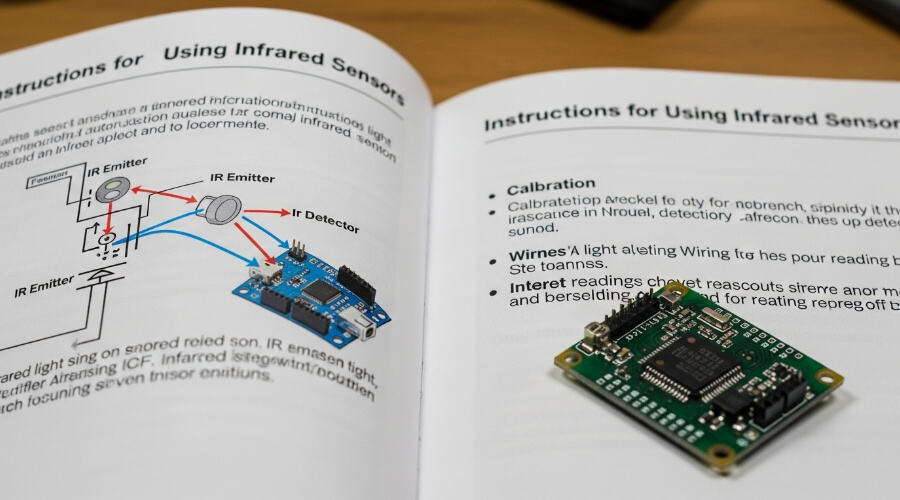
Інструкцыя па эксплуатацыі для ўсіх газавых/VOC-датчыкаў
2025/09/15I. Агляд Універсальны сэнсар газу/VOC — гэта цвёрдатэльны палярна-полімерны газавы сэнсар, прызначаны для камплекснага вымярэння некалькіх летучых арганічных злучэнняў (VOC) і токсічных газоў. Ён працуе на прынцыпе цвёрдацельнай палярна-полімернай электрахіміі, якая аналагічная механізму рэакцыі традыцыйнай вадкафазнай электрахіміі. Асноўныя кампаненты вырабляюцца з дапамогай прынтавальнага працэсу, што значна павялічвае аднолькавасць прадуктаў і вытворчы выхад.
Чытаць далей

